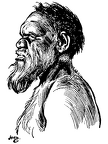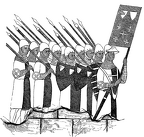35 photos
-
Asia
9 photos
364 photos in 4 sub-albums -
Africa
63 photos -
America
443 photos
822 photos in 15 sub-albums -
Europe
304 photos
1458 photos in 9 sub-albums -
Middle East
68 photos
113 photos in 1 sub-album

 The Man-drawn sledge
The Man-drawn sledge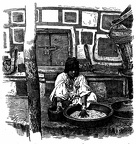 Making Couscous in the Desert
Making Couscous in the Desert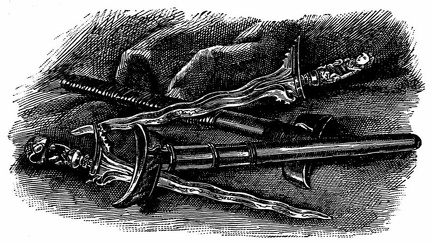 Krises
Krises Kingsmill Islander
Kingsmill Islander Italian Child
Italian Child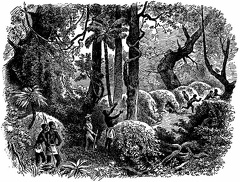 Huts of Ashango-land Dwarfs
Huts of Ashango-land Dwarfs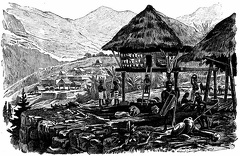 Houses of Igorrotes
Houses of Igorrotes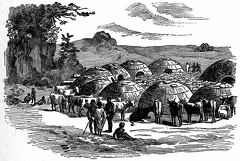 Hottentot Kraal
Hottentot Kraal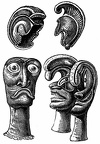 Helmets and Idol-heads of Feathers, Hawaii
Helmets and Idol-heads of Feathers, Hawaii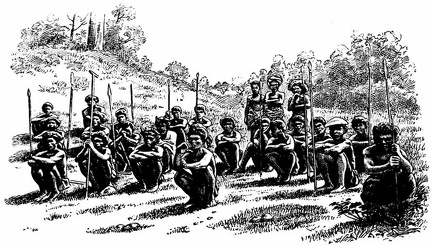 Head-hunting Party, Igorrotes
Head-hunting Party, Igorrotes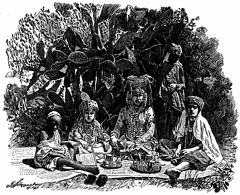 Group of Kabyles, Algeria
Group of Kabyles, Algeria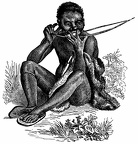 Gora-player -- Bushman
Gora-player -- Bushman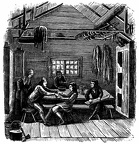 Finns Singing.
Finns Singing. Fijian
Fijian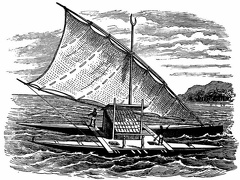 Canoe, New Guinea
Canoe, New Guinea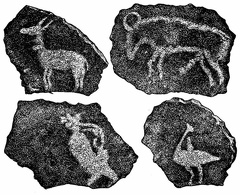 Bushman Rock Picture
Bushman Rock Picture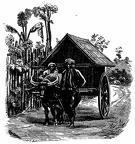 Buffalo Cart
Buffalo Cart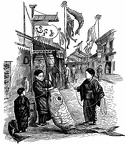 Boys’ Festival, Japan
Boys’ Festival, Japan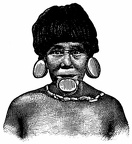 Botocudo Indian with Lip-plug
Botocudo Indian with Lip-plug Australian
Australian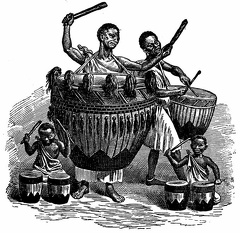 Waganda Musicians
Waganda Musicians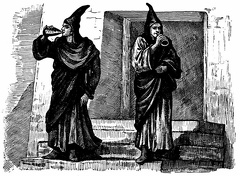 Tibetan Lamas blowing on Shells
Tibetan Lamas blowing on Shells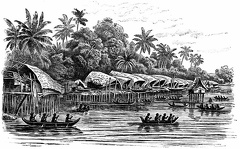 Pile-dwelling Village, New Guinea
Pile-dwelling Village, New Guinea Philippine Negrito
Philippine Negrito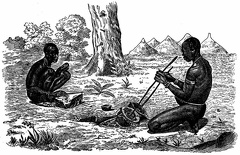 Negro Smiths at Work
Negro Smiths at Work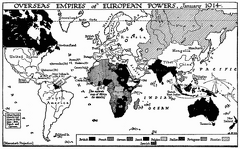 Overseas Empires of European Powers, 1914
Overseas Empires of European Powers, 1914 Comparative Maps of Asia under Different Projections
Comparative Maps of Asia under Different Projections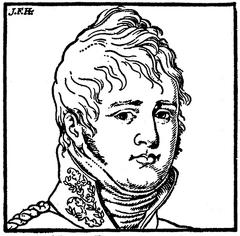 Tsar Alexander I
Tsar Alexander I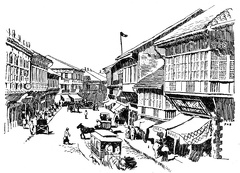 'Escolta' - Manila's Main Street
'Escolta' - Manila's Main Street Warrior of Java
Warrior of Java




